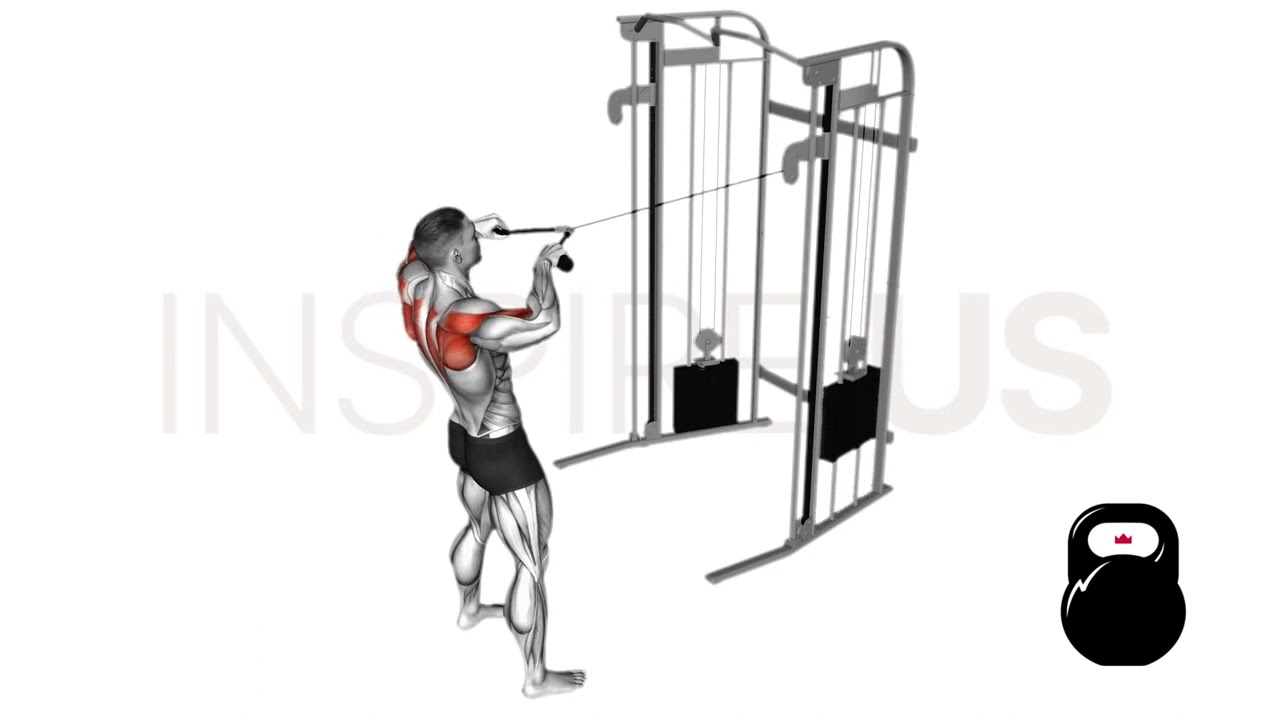Face Pull: Benefits, Muscles Worked, and More
Although it may appear odd at first, the face pull is considered to be a highly effective tool for building muscle mass and strength in the upper back - alongside a whole host of other benefits.
Face pulls are an invaluable addition to any pull day workout, and are even included into rehabilitation plans or as a warm-up of the posterior deltoids.
Before incorporating this highly effective horizontal pull exercise into your workout routine, take a moment to read further as we discuss the optimal way to perform it, the numerous benefits it offers, and a few common mistakes you may be making.
What are Face Pulls?
Face pulls are a machine-based compound exercise primarily performed with low resistance and moderate volume for the purposes of strengthening the shoulders and upper back.
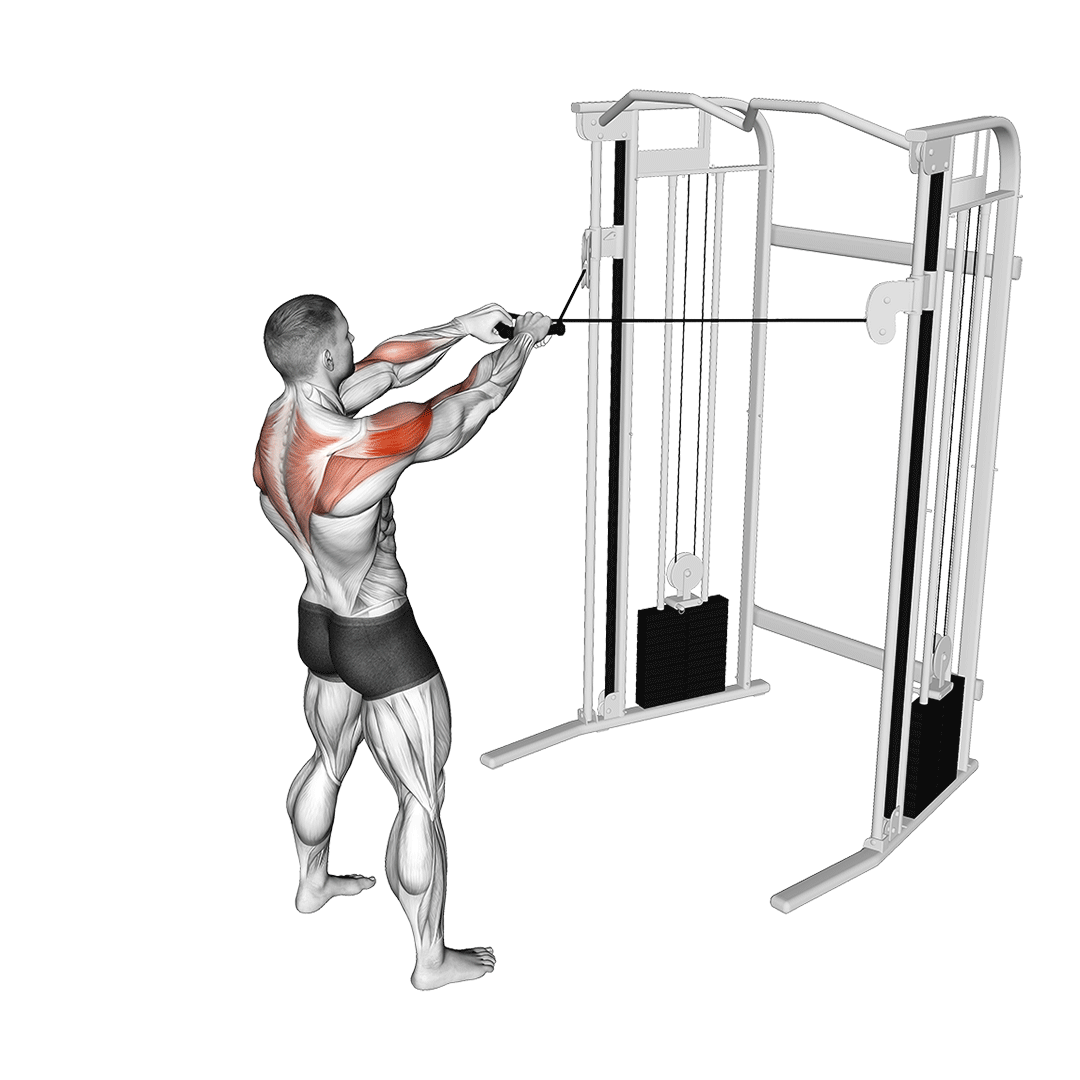
It is considered to be a horizontal pull exercise, and is most often programmed as an accessory movement to heavier back exercises like the pull-up or bent-over row.
Most notably, the face pull is also an excellent tool for strengthening the oft-forgotten muscles of the rotator cuff - hence its occasional usage in physical rehabilitation.
Of course, if you suspect you have suffered a rotator cuff injury, do not attempt to rehabilitate it without prior approval from a physician.
Programming and technical jargon aside, the face pull will require a cable machine that can be adjusted to face height, and double-ended rope attachment or similar handle.
Who Should do Face Pulls?
Face pulls are relatively low-impact and safe to perform, but do require an understanding of scapular mechanics to truly master. As such, it is advisable that only weightlifters of at least an intermediate level of experience perform it.
The face pull is most effective when employed as a method of targeting the posterior deltoid head and the muscles of the rotator cuff - as is so often needed by bodybuilders or athletes that participate in shoulder-intensive sports.
How to do Face Pulls Correctly
In order to perform a repetition of face pulls, the lifter must set the pulley housing at approximately the same level as their face, both ends of the rope attachment in their hands as they extend their arms before them.
Stepping back so as to create tension in the ropes, the lifter will ensure that their torso is upright and their stance stable as they roll their shoulders backwards; This is the starting stance.
To begin, they will pull the handles horizontally towards their face as they flare their elbows out to the sides, squeezing their deltoid muscles as they do so. The palms will remain facing one another as this occurs, and the shoulders rolled backwards.
Once the rope is nearly touching the lifter’s face, they will slowly reverse the motion until returning to the starting stance - thereby completing the repetition.
What Muscles Do Face Pulls Work?
Face pulls are a compound exercise, and as such involve more than a single contributing mover muscle in its movement pattern. These are divided into primary and secondary movers, according to their role in the exercise.

Primary and Secondary Mover Muscles
Primarily, face pulls will work the posterior deltoid heads.
In terms of secondary movers, the trapezius, rhomboids and rotator cuff support the rear shoulder head at certain points during the exercise.
Stabilizer Muscles
In order to stabilize the joints during a face pull repetition, the body will isometrically contract the biceps brachii and the remaining two heads of the deltoids.
What are the Benefits of Face Pulls?
Face pulls are multifaceted in their benefits - providing advantages for not only bodybuilders and athletes, but also physical rehabilitation patients or ordinary individuals wishing to strengthen their upper posterior chain.
Directly Targets Posterior Deltoids, Upper Back
Apart from a select few exercises, the face pull is considered to be unique in its capacity to strengthen the muscles of the posterior deltoids and a certain few in the upper back.
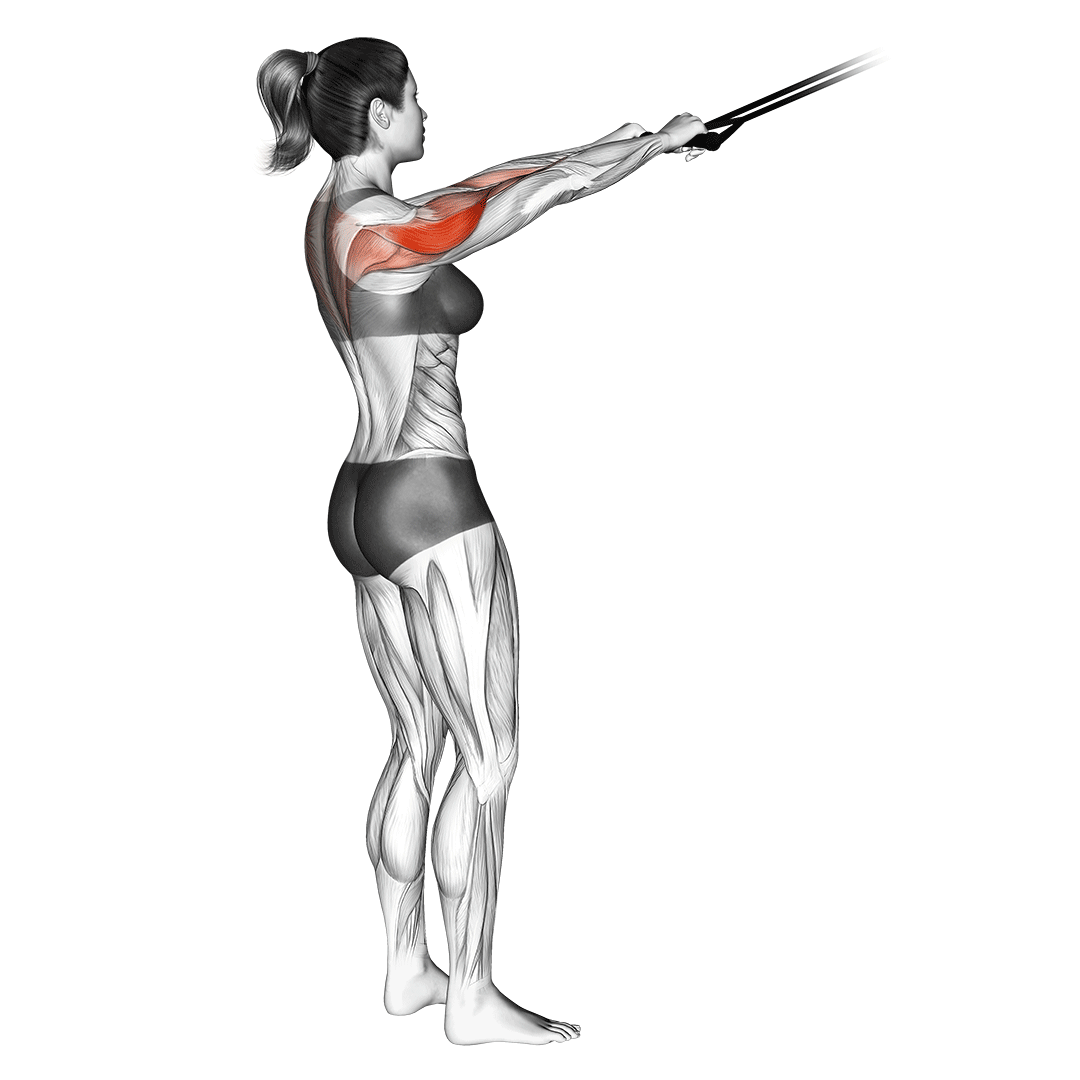
These muscles work to control the scapula and shoulders alongside a host of other biomechanics, and no physique is complete without them being well-developed.
With the support of a proper diet and sufficient recovery time, face pulls will build stronger and more muscular posterior deltoids, trapezius muscles alongside the teres and infraspinatus muscles.
Reinforces Shoulder and Scapula Mechanics
As mentioned in the previous benefit, face pulls directly strengthen and mobilize the muscles responsible for movement of the scapula and shoulders. This is vitally important in not only horizontal pulling exercises, but also day-to-day activities like opening a door or picking an object off the ground.
For the greatest reinforcement of shoulder and scapula biomechanics, combine the face pull with similar pulling exercises that target the same muscles. A few good examples are the barbell shrug, lat pulldown and the bent-over row.
Improves Posture and Upper Body Stability
Having strong and healthy upper posterior chain muscles directly contributes to proper posture adherence - especially in regards to setting the shoulders and properly orienting the cervical portion of the spine.
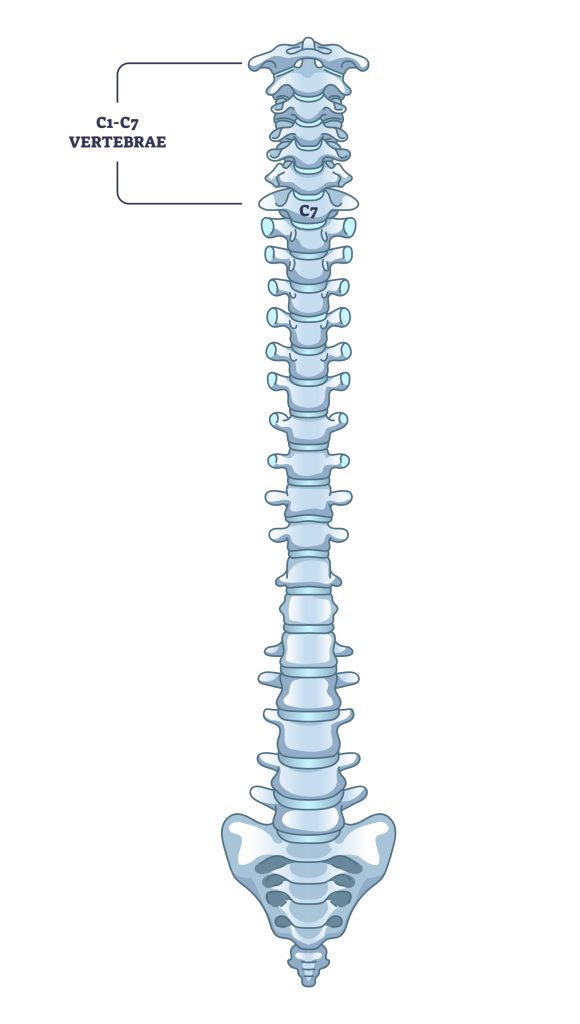
Furthermore, much the same benefit also translates to the lifter’s ability to stabilize their upper body.
The neck and head, in particular, require significant stabilization from the trapezius and deltoids (among other muscles) in order to protect themselves.
Effective as a Warm-Up and Rehabilitation Tool
Even in cases where the face pull is not being used by a weightlifter or athlete, it still serves quite an effective purpose as a warm-up for the upper posterior chain musculature - or in certain cases, even as a method of rehabilitating tissue related to the scapula.
To use face pulls as a warm-up movement, simply reduce the resistance as low as is needed and perform them in much the same manner.
Remember to consult with a medical expert prior to using the face pull in any sort of rehabilitative capacity.
The Most Common Face Pull Mistakes
In order to truly master performing the face pull, look out for these commonly made mistakes.
Dipping the Elbows
During the movement pattern of a face pull, the elbows should flare out to the sides - ending with them pointing laterally as the rope is pulled towards the face.
If the elbows begin to point in a direction other than to the sides, it may be a sign that your form is less than optimal, and that you are failing to properly engage the correct musculature.
Using Excessive Resistance
The face pull is not meant to be an excessively intense or heavy exercise by any measure, and performing it with far too much resistance will only increase the risk of rotator cuff and shoulder joint injury.
For the best (and safest) workout, ensure that the resistance is kept to only a moderate level at most.
Palms Facing Outwards
Similar to the elbows dipping away from the sides - if the palms begin to face in any direction other than towards one another during the face pull, it may be a sign that something is wrong with the weightlifter’s form.
Whether this is a failure to properly recruit the posterior deltoids, pulling with the entire torso or some other issue, it is important for the lifter to stop performing the set and reassess their form with less resistance.
Most often, the palms facing downwards or forwards during a face pull repetition is a sign of the forearm and biceps muscles being contracted, rather than those of the upper posterior chain.
This can be due to excessive resistance or poor mobility, but may also simply be caused by poor form.
Incorrect Angle of Resistance
The face pull is called as such for a reason.
If the cable housing is set too far beneath or too far above the level of the lifter’s head, it can lead to an incorrect angle of resistance being adopted.
In such a case, different muscles will be recruited than is intended for the face pull - defeating the purpose of the exercise and turning it more into a pushdown or cable curl, rather than a face pull exercise.
Alternatives to the Face Pull
If the face pull is not quite to your liking (or you don’t have a suitable cable machine) - try out the three following alternative exercises.
Chest-Supported Rear Delt Flyes
For even greater intensity targeting towards the posterior deltoid head, try performing rear delt flyes with the torso supported atop an incline bench.
Not only will this be significantly more intense than face pulls, but it will also further build upon its benefits due to the need to stabilize the dumbbells as the exercise is being performed.
Resistance Band Face Pulls
If you still wish to perform face pulls but don’t have access to a cable machine, then it is entirely possible to do so with a resistance band instead. Simply wrap it around an object at face height and perform as normal.
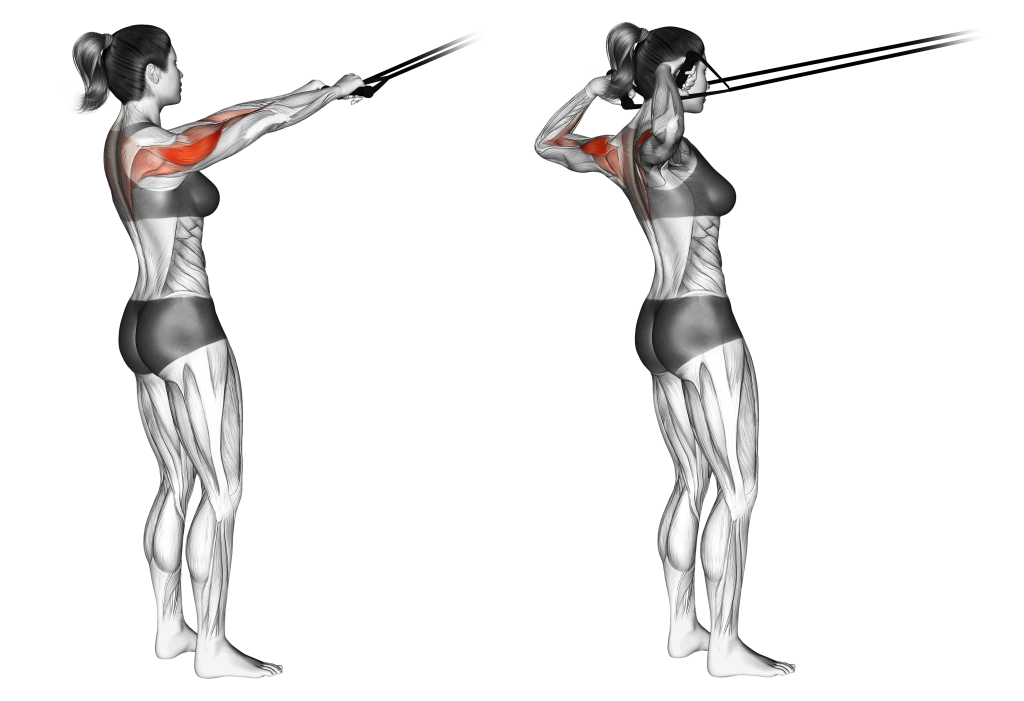
Scapular Pulldowns
As a more wide-reaching alternative to the face pull, lifters may wish to try out the scapular pulldown. Doing so will require a lat pulldown machine and an understanding of scapular retraction.
Scapular pulldowns are performed with the lifter gripping an overhead lat pulldown bar and retracting their shoulder blades - no bending of the arms or significant dynamic movement involved.
This particular face pull alternative is perfect for individuals that wish to target their scapula from a different angle than what the face pull would ordinarily involve, and is also occasionally used for rehabilitation/prehabilitation in much the same manner.
Frequently Asked Questions (FAQ)
What are the Results of Face Pulls?
Face pulls strengthen and hypertrophy the muscles of the posterior deltoid, rotator cuff, rhomboids and trapezius. This has a whole host of benefits, including greater posture, stronger pulling strength and a generally more muscular appearance to the upper body.
Are Face Pulls for Back or Shoulders?
Both.
Face pulls target the upper posterior chain, meaning the muscles of the posterior deltoids and trapezius are worked. As you may notice, this fills both the “back muscles” and “shoulder muscles” category.
Are Face Pulls Necessary?
Not at all.
Although face pulls are a safe and excellent exercise to work into your program, there are plenty of other exercises that can achieve the same benefits.
Final Reminders
Face pulls are a truly versatile tool in just about any individual’s training program - but keep in mind that they are designed to be performed with only a moderate level of resistance. Avoid trying to move more weight than you are able to with proper form.
Furthermore - if your physical therapist has prescribed face pulls as a rehabilitation tool, ask them for specific instructions regarding how to perform it, as this will help prevent further injury from occurring.
References
1. Campbell, Adam. The Men's Health Big Book of Exercises. United States: Rodale, 2009. ISBN 978-1-60529-550-3
2. Thomas R. Baechle, Roger W. Earle (2019). Weight Training: Steps to Success. Human Kinetics, Inc. p. 64. ISBN 978-1450411684.

